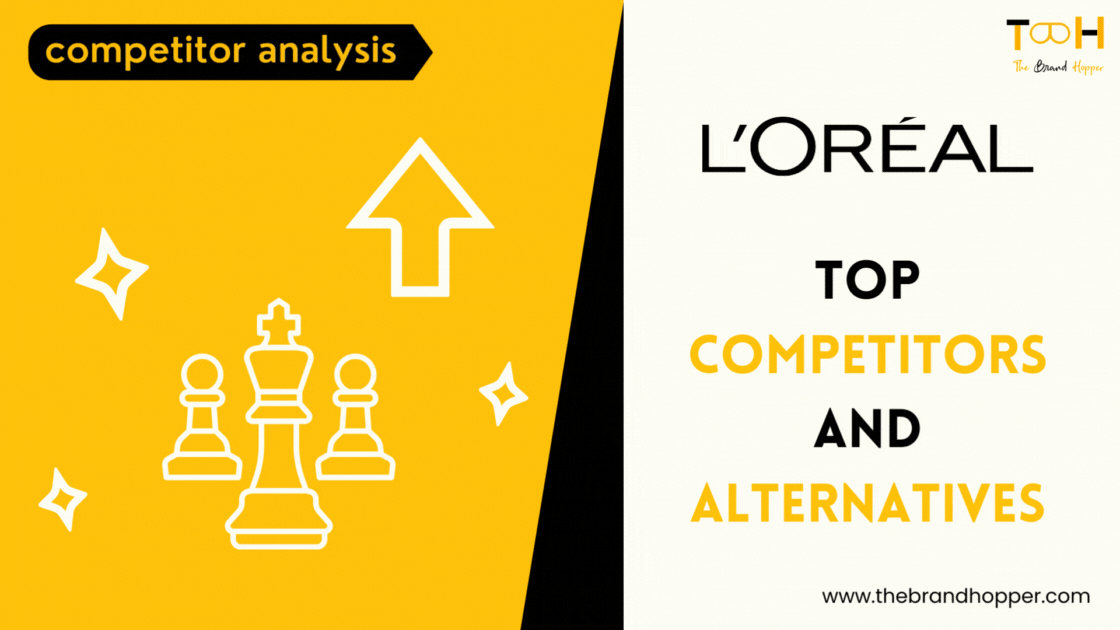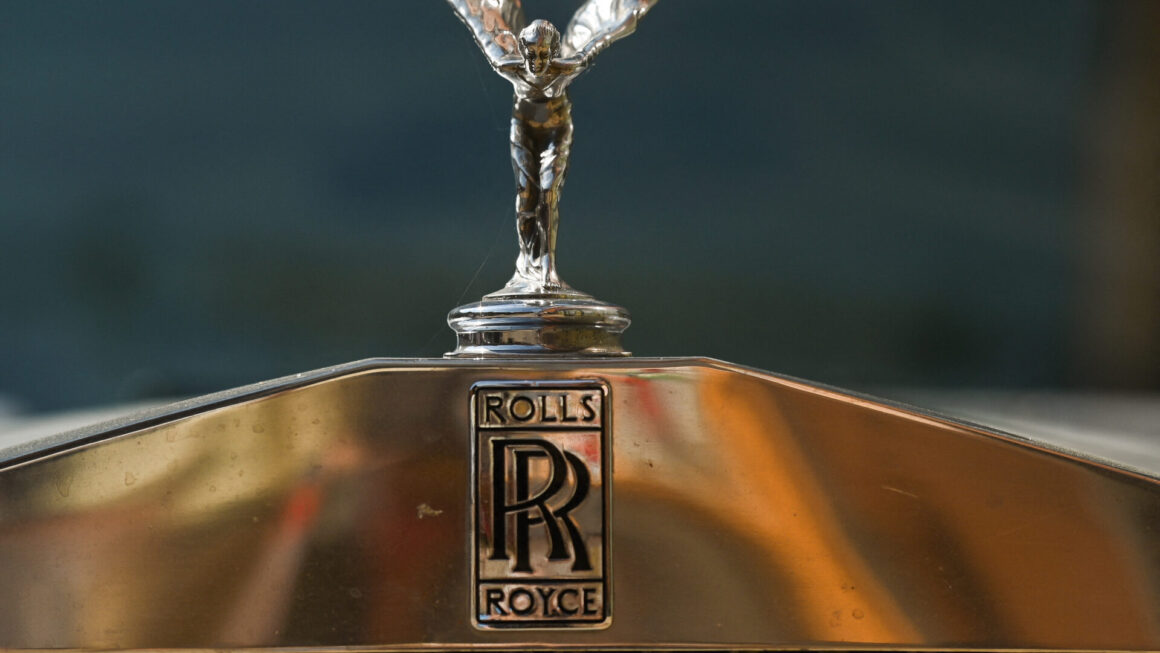For more than 110 years, L’Oréal has been synonymous with beauty around the world. It’s not just a catchy tagline; it’s the very essence of the company’s mission. Founded in 1909 by a young French chemist with a passion for innovation, L’Oréal has grown from a single hair dye formula into a global behemoth, offering a vast array of beauty products for people of all backgrounds and aspirations.
L’Oréal holds the prestigious title of the world’s largest cosmetics company, with a diverse portfolio encompassing hair color, skincare, sun protection, makeup, perfume, and hair care. Their reach extends far beyond physical products; L’Oréal is a leader in beauty tech, constantly pushing the boundaries of what’s possible in the pursuit of personalized and effective beauty solutions.
The story of L’Oréal begins with Eugène Schueller, a man driven by a scientific curiosity and a desire to empower people through beauty. His initial creation, a safe and effective hair dye solution, resonated with Parisian hairdressers in 1909. This marked the birth of a company built on the pillars of research and innovation, principles that continue to guide L’Oréal’s journey today.
Schueller’s vision extended beyond simply offering products. He recognized the transformative power of beauty and its ability to boost confidence and self-expression. This philosophy has been woven into the company’s DNA, shaping its approach to product development and marketing. L’Oréal champions diversity and inclusion, celebrating beauty in all its forms. Their global brand portfolio caters to a wide range of ethnicities, hair types, and skin tones, ensuring everyone finds products that cater to their unique needs and desires.
L’Oréal’s commitment to beauty goes beyond aesthetics. The company recognizes its social responsibility and actively pursues ethical and sustainable practices. From sourcing ingredients to manufacturing and packaging, L’Oréal strives to minimize its environmental impact. Additionally, they champion social causes and empower women through various initiatives, living up to their mission of “Beauty for All.”
In conclusion, L’Oréal’s story is one of continuous innovation, unwavering dedication to inclusivity, and a deep understanding of the transformative power of beauty. As they continue to navigate the ever-evolving beauty landscape, one thing remains certain: L’Oréal will stay at the forefront, shaping trends and empowering people around the world to embrace their own unique definition of beauty.
Top Competitors and Alternatives of L’Oreal
L’Oréal, a global leader in the beauty and cosmetics industry, faces competition from several major companies that operate across various segments such as skincare, haircare, makeup, and fragrances. Here’s a detailed look at the top competitors and alternatives to L’Oréal:
1. Procter & Gamble (P&G)
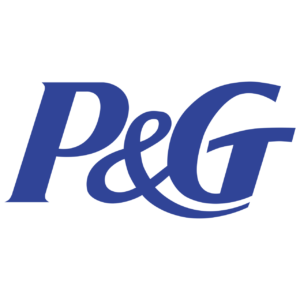
Website – https://en-ae.pg.com/pg-brands-and-products/
While L’Oréal reigns supreme in the global cosmetics industry, they do face competition from other consumer goods giants. One such competitor is Procter & Gamble (P&G), a household name synonymous with everyday essentials. However, their rivalry takes a more nuanced form compared to some.
P&G and L’Oréal primarily compete in the hair care category. Both companies offer a wide range of shampoos, conditioners, styling products, and hair color solutions. They vie for market share by touting the effectiveness and innovation of their respective formulas. For example, L’Oréal’s Kerastase brand caters to the luxury hair care segment, while P&G’s Pantene targets a broader audience with its focus on healthy, manageable hair.
The competition extends beyond just hair care. Although L’Oréal is primarily known for cosmetics, they do have some skincare lines. Here, they might encounter P&G’s Olay brand, which offers a variety of anti-aging and hydrating products. Similarly, both companies might compete in the deodorant category, with L’Oréal’s offerings like Men Expert Deodorant facing off against P&G’s Old Spice.
Overall, P&G and L’Oréal carve out their own spaces within the vast consumer goods market. However, their paths do occasionally cross, particularly in the hair care aisle and in specific skincare and personal care categories. This competition ultimately benefits consumers, as it pushes both companies to continuously develop innovative and effective products.
2. Unilever
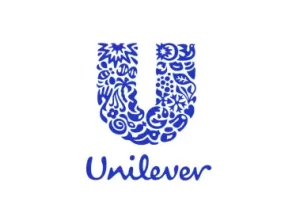
Website – https://www.unilever.com/brands/personal-care/
Unilever presents a more direct challenge to L’Oréal’s dominance than Procter & Gamble. Both companies are fierce competitors across a broader range of beauty and personal care categories. This head-to-head competition spans hair care, skincare, makeup, and even deodorant, making them rivals in almost every aisle of the beauty section.
The hair care battleground is particularly intense. L’Oréal boasts popular brands like TRESemmé and Redken, while Unilever counters with Dove and Sunsilk. Both companies constantly innovate in terms of formulas and target specific hair concerns like damage, dryness, or frizz. This competition drives advancements in hair care technology, ultimately benefiting consumers with a wider range of high-performing products.
The fight extends beyond hair. In skincare, L’Oréal’s Revitalift line goes up against Unilever’s Pond’s for anti-aging solutions. Their respective makeup offerings, such as L’Oréal Paris’ Maybelline and Unilever-owned NYX Professional Makeup, cater to different demographics and price points. Even in the deodorant category, they clash, with L’Oréal’s brands like Dove (yes, both companies own a brand named Dove!) facing off against Unilever’s Axe.
This constant competition between L’Oréal and Unilever pushes both companies to develop innovative products, expand their brand portfolios, and stay relevant in the ever-changing beauty landscape. Ultimately, it’s the consumers who benefit from this rivalry, as they have a wider variety of high-quality and competitively priced beauty products to choose from.
3. Estée Lauder Companies
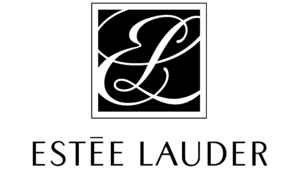
Website – https://www.elcompanies.com/en
In the realm of luxury cosmetics, L’Oréal encounters a different kind of competition from Estée Lauder Companies. While L’Oréal offers a mix of drugstore and high-end brands, Estée Lauder Companies focus primarily on the prestige market. This creates a distinct yet significant competitive dynamic.
Estée Lauder Companies boasts a portfolio of iconic luxury brands like Estée Lauder itself, Clinique, MAC Cosmetics, and Bobbi Brown. These brands target a specific customer seeking high-performance, prestige formulas and a touch of exclusivity. L’Oréal does have some high-end offerings like Lancôme, but Estée Lauder Companies hold a stronger position in this luxury segment.
The competition goes beyond price point. While both companies aim to enhance beauty, their approaches differ. L’Oréal emphasizes scientific innovation and caters to a broader audience. Estée Lauder Companies, on the other hand, cultivate a brand image of sophistication and luxury, with a focus on celebrity endorsements and aspirational marketing.
This competition fosters a diverse beauty landscape. Consumers seeking high-end makeup might choose between Estée Lauder’s Double Wear foundation and L’Oréal’s Lancôme Teint Idole Ultra Wear, both known for their long-lasting coverage. Similarly, both companies offer prestige skincare options. Ultimately, this rivalry between L’Oréal and Estée Lauder Companies pushes the boundaries of luxury beauty, providing consumers with a wider range of high-quality and innovative products to suit their taste and budget.
4. Shiseido
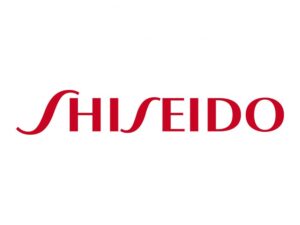
Website – https://www.shiseido.com/
In the world of cosmetics, geographic reach plays a significant role. While L’Oréal boasts a global presence, they face strong competition from regional giants like Shiseido, the leading beauty brand in Japan.
Shiseido offers a strong competitor to L’Oréal across multiple categories. Both companies are major players in skincare, with L’Oréal’s brands like La Roche-Posay and Vichy vying for attention against Shiseido’s prestige offerings like Shiseido Ultimune Power Infusing Concentrate and SENSAI Advanced Solutions. They also compete in the makeup segment, with L’Oréal’s Maybelline facing off against Shiseido’s own makeup lines.
The battleground extends beyond products. Both L’Oréal and Shiseido invest heavily in research and development, constantly innovating their formulas to address specific skin concerns and cater to Asian beauty preferences. Additionally, they understand the importance of cultural relevance in marketing their products. L’Oréal tailors its campaigns to resonate with local audiences globally, while Shiseido leverages its Japanese heritage to create a unique brand identity.
5. Beiersdorf
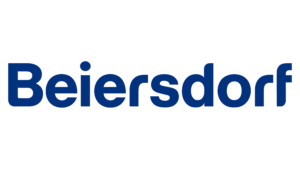
Website – https://www.beiersdorf.com/
In the vast landscape of the beauty industry, L’Oréal encounters a unique competitor in Beiersdorf. Unlike the more diversified giants like Unilever, Beiersdorf focuses primarily on skin care, making them a specialist player in this crucial category.
Beiersdorf’s crown jewel is Nivea, a globally recognized brand synonymous with effective and gentle skin care. Nivea offers a wide range of products for all skin types and concerns, from moisturizers and cleansers to sunscreens and lip balms. This focus allows Beiersdorf to deeply understand the skin care market and develop targeted solutions. L’Oréal, while offering skincare lines, has a broader focus that includes hair care, makeup, and fragrance.
The competition between L’Oréal and Beiersdorf plays out on drugstore shelves around the world. Nivea directly competes with L’Oréal’s skincare brands like L’Oréal Paris Revitalift and Vichy. Both companies constantly innovate their formulas and fight for customer loyalty through marketing campaigns and product differentiation. This focused competition in skin care benefits consumers by driving advancements in product efficacy and variety within this essential category.
6. Coty Inc.
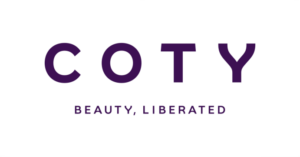
Website – https://www.coty.com/
While L’Oréal reigns supreme in the beauty realm, they face competition from fellow industry giant Coty Inc. The rivalry between these two companies is particularly interesting because it’s not a head-to-head battle across all categories. Instead, Coty and L’Oréal carve out specific areas where they compete fiercely.
Fragrances are a key battleground. L’Oréal boasts popular designer fragrances through licenses with brands like Ralph Lauren and YSL. Coty counters with a strong portfolio including Calvin Klein, Gucci, and Hugo Boss. Both companies fight for market share by securing coveted designer partnerships and launching innovative new scents. This competition drives the fragrance industry forward, offering consumers a wider variety of captivating and on-trend choices.
The fight extends into color cosmetics. L’Oréal’s Maybelline and NYX Professional Makeup are household names. Coty challenges this dominance with brands like CoverGirl and Rimmel London. They compete by offering trendy makeup products at accessible price points, catering to a broad audience. This rivalry in the color cosmetics segment benefits consumers by ensuring a constant stream of new and exciting makeup options without breaking the bank.
While not a direct competitor across all beauty categories, Coty remains a significant force for L’Oréal to contend with. Their focus on fragrances and color cosmetics creates a dynamic competition that ultimately benefits consumers with a wider variety of high-quality and competitively priced beauty products.
7. Johnson & Johnson
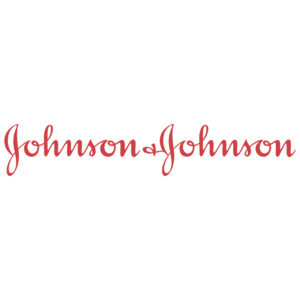
Website – https://www.jnj.com/tag/skin-care
While L’Oréal might be the first name that comes to mind for cosmetics, Johnson & Johnson (J&J) actually competes with them in a surprising way. J&J, known for healthcare products like Band-Aids and Tylenol, also has a significant presence in the beauty industry, though in a more targeted space.
The competition between L’Oréal and J&J revolves around specific product categories. L’Oréal reigns supreme in the world of decorative cosmetics (makeup) and prestige skincare. J&J, on the other hand, focuses on a more clinical and dermatologist-backed approach to beauty. Their key competitor to L’Oreal lies in the Neutrogena brand, offering cleansers, moisturizers, and sunscreens formulated with a focus on healthy skin and addressing specific concerns like acne or dryness. L’Oréal does have some skincare lines that touch on these areas, but J&J, through Neutrogena, has established itself as a leader in this market segment.
This competition benefits consumers seeking targeted solutions. While L’Oréal might offer a wider variety of color cosmetics and luxury skincare options, J&J with Neutrogena provides a trusted and science-backed approach to everyday skincare concerns. This allows consumers to choose between a more decorative or a more clinical approach to beauty, depending on their individual needs and preferences.
8. Amorepacific
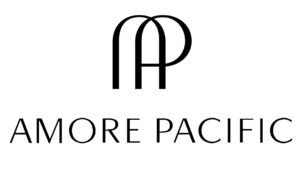
Website – https://us.amorepacific.com/
While L’Oréal dominates the global beauty landscape, they face a unique challenge from Amorepacific, a South Korean powerhouse. Unlike some competitors focused on specific categories, Amorepacific acts as a more direct competitor across various beauty segments, particularly in Asia.
The rivalry between L’Oréal and Amorepacific is most intense in the Asian market. Both companies offer a wide range of cosmetics and skincare products, but Amorepacific leverages its deep understanding of Asian beauty preferences and skin concerns. Their popular brands like Laneige and Sulwhasoo cater specifically to these needs, with innovative formulas and ingredients like green tea and ginseng. L’Oréal, though a global leader, might need to adapt its offerings more strategically to compete effectively in this regional market.
The competition extends beyond product development. Both L’Oréal and Amorepacific invest heavily in marketing and branding to resonate with Asian consumers. Amorepacific leverages K-Beauty trends and popular Korean celebrities to promote their products. L’Oréal, in turn, partners with Asian actresses and tailors its campaigns to local cultural nuances. This fight for brand loyalty pushes both companies to stay innovative and culturally relevant in the Asian beauty market.
L’Oréal competes in a dynamic and highly competitive market with several strong players. Each competitor brings unique strengths and strategies to the table, from innovation and brand loyalty to global reach and sustainability. L’Oréal’s continued success will depend on its ability to innovate, maintain strong brand equity, and adapt to changing consumer preferences and market trends.
Also Read: Decoding L’Oreal Winning Marketing Strategy
To read more content like this, subscribe to our newsletter
